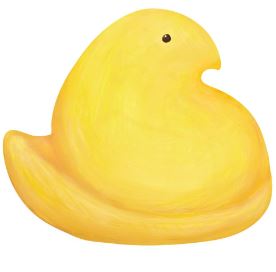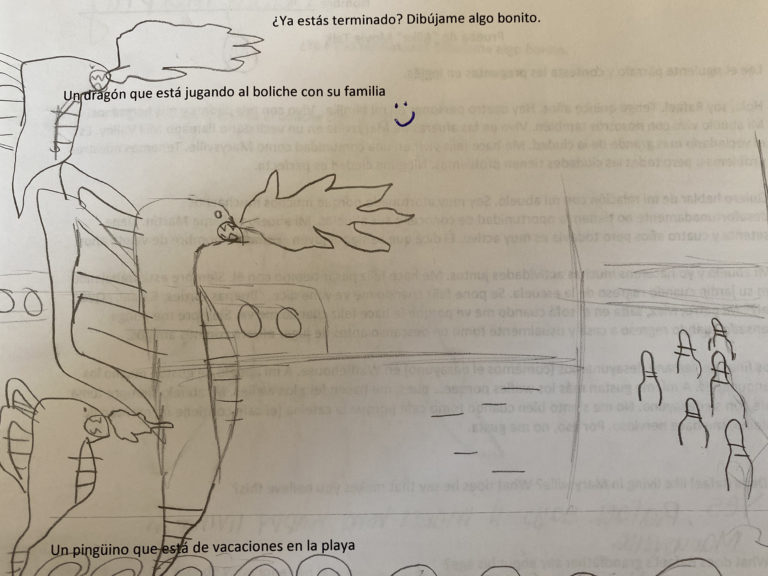 Your students want to learn about animals.
Your students want to learn about animals.
I always give a survey to my students at the end of each semester. I include a question that asks them about topics that we did not talk about that they would have liked to cover. Before I started doing an “animal of the week” with both my Spanish I and III classes this past semester, many students wrote that they wanted to learn the names of more animals. Apart from the fact that animals are inherently interesting to most students, we can use them to teach the following:
- habitats and biomes
- geography
- physical attributes, body parts, and colors
While most animals themselves are not high-frequency, you do need high-frequency vocabulary and structures to talk about what they look like, eat, and do. I am able to recycle quite a bit of vocabulary and structures by presenting just one animal every week. Names for geographical features, parts of an animal, and the animals’ prey and predators in particular have a way of organically repeating themselves through the articles and discussions.
It is easy to “level-up” your discussions even if you don’t modify the reading. For example, upper-level students could do the following:
- describe a time they encountered a certain animal
- say what they would do and eat if they were a particular animal
- infer connections between people and the animal
I follow this process when doing the animal of the week:
- Introduce the animal and do some basic PQA (Personalized Questions and Answers). Students love it when you tell a personal story about the animal of the week. If you don’t have one…make one up!
- Read as a group or in partners depending on the level and difficulty of the text. Each student receives a copy of the reading to keep in their binder to re-read outside of class.
- Watch a clip from YouTube of the animal doing something funny or interesting. Stop the video and point out characteristics and behaviors that you just read about.
- Students answer comprehension questions based on the reading to review key points. I write these so that they can easily answer them with information from the text.
- It’s up to you whether you want to formally assess these. I used mostly true and false quizzes that I felt gave me a good indication of overall comprehension. I have also just read and discussed them without formally assessing and was pleased with the students’ acquisition.
Each animal of the week has a reading and a Power Point slide of comprehension questions. I will be adding additional animals throughout this summer.
La Cobra (Reading) La Cobra (Comprehension Questions)
El Tiburón (Reading) El Tiburón (Comprehension Questions)
El Perezoso (Reading) El Perezoso (Comprehension Questions)
La Suricata (Reading) La Suricata (Comprehension Questions)
El Murciélago (Reading) El Murciélago (Comprehension Questions)



